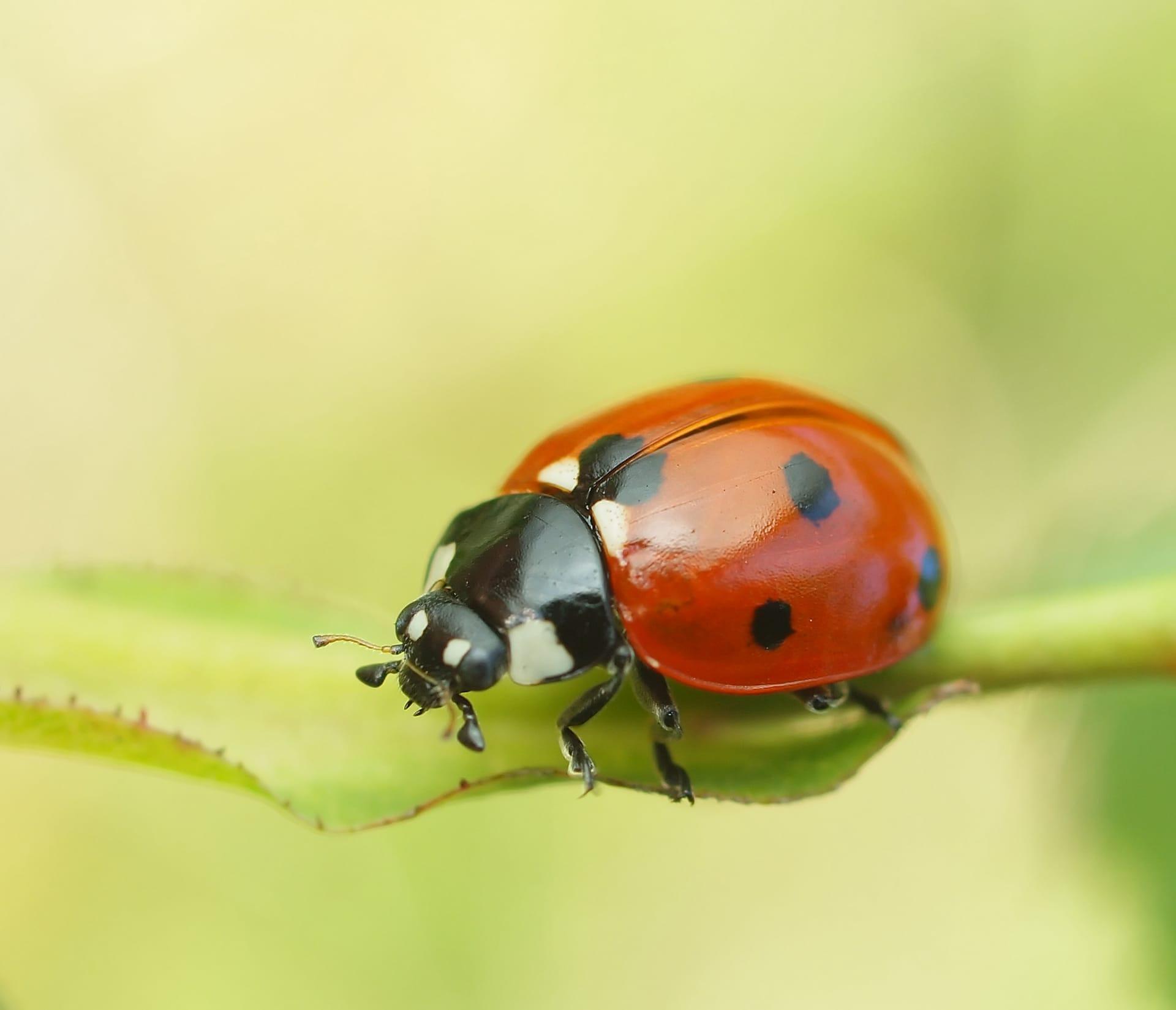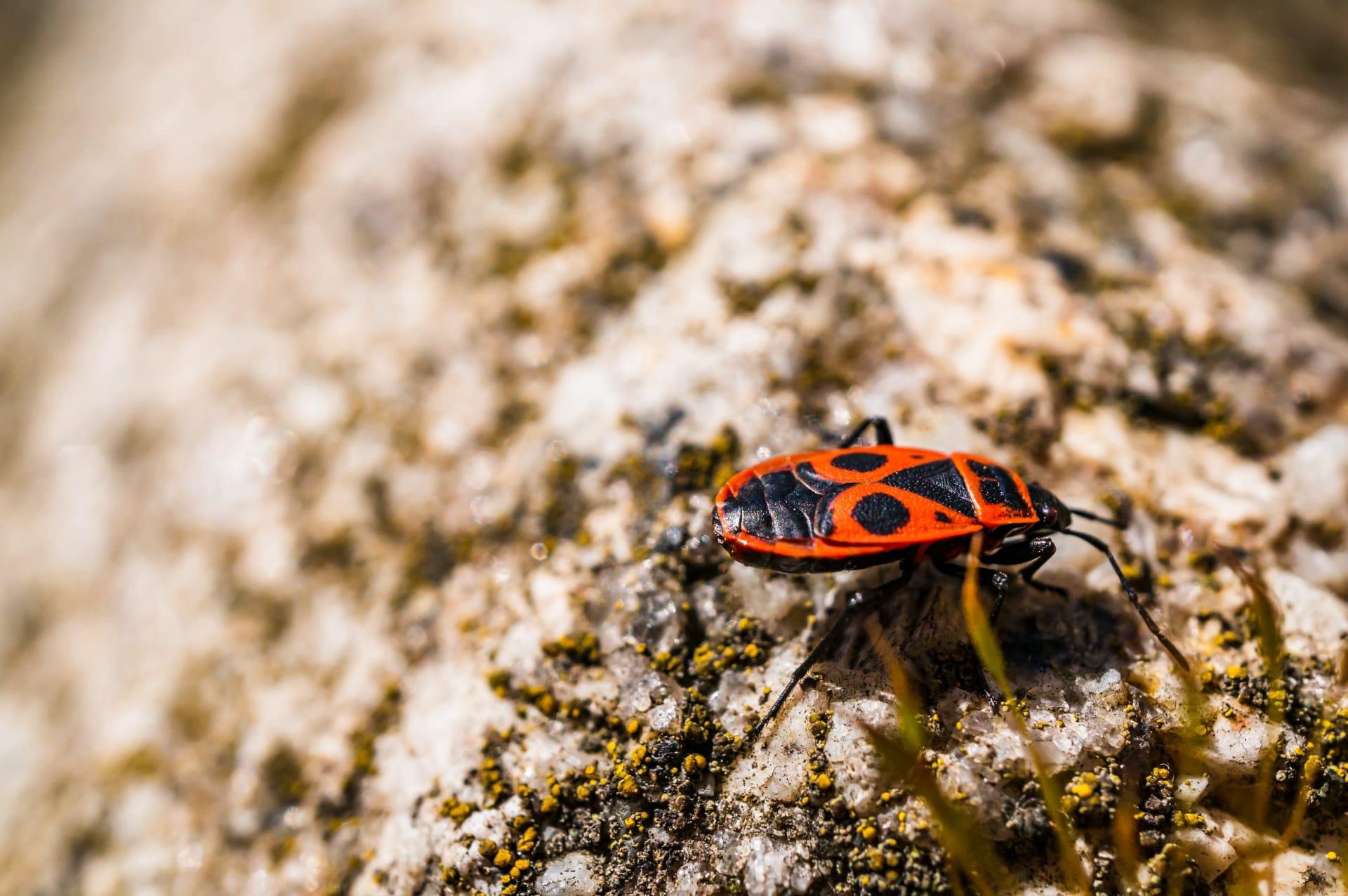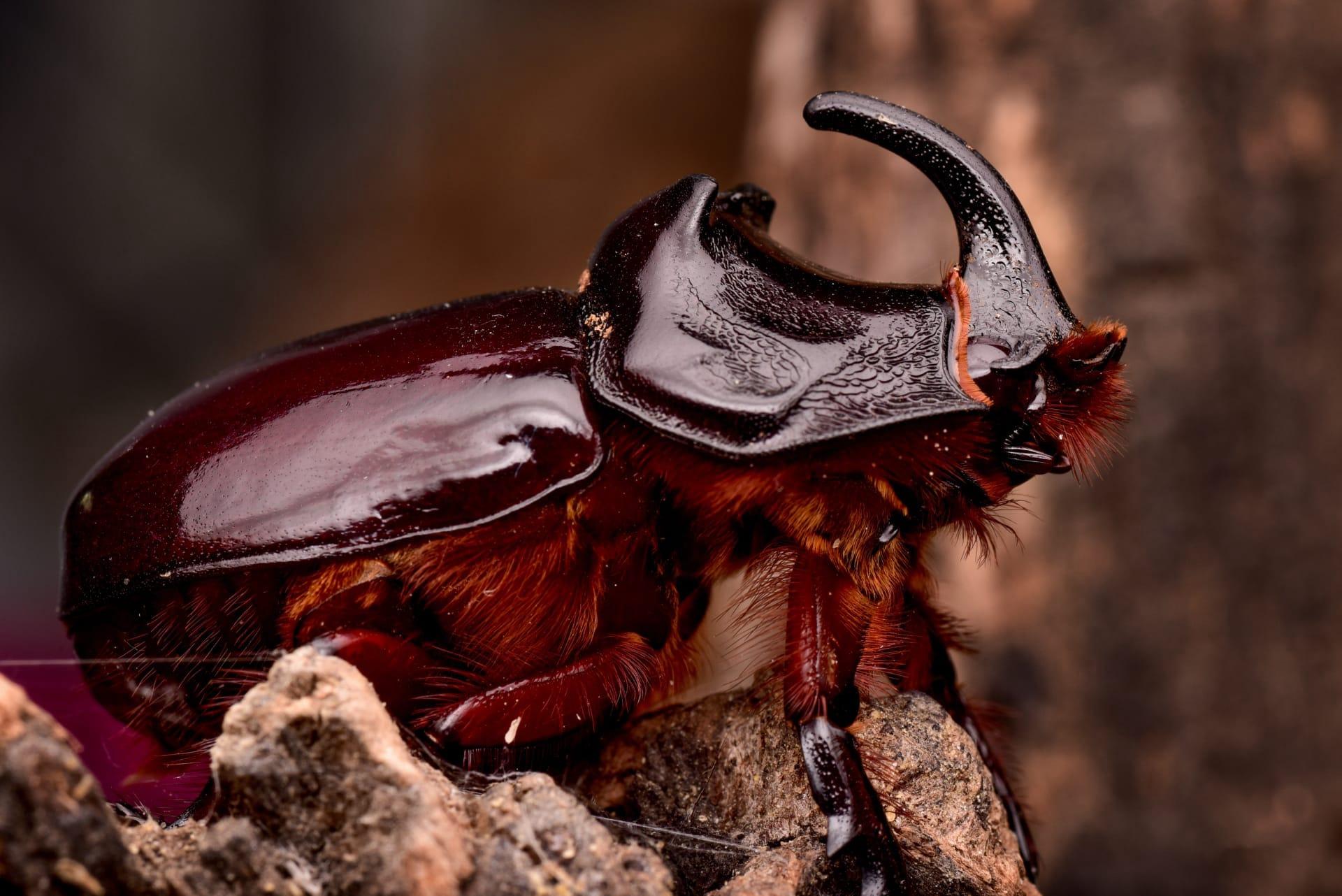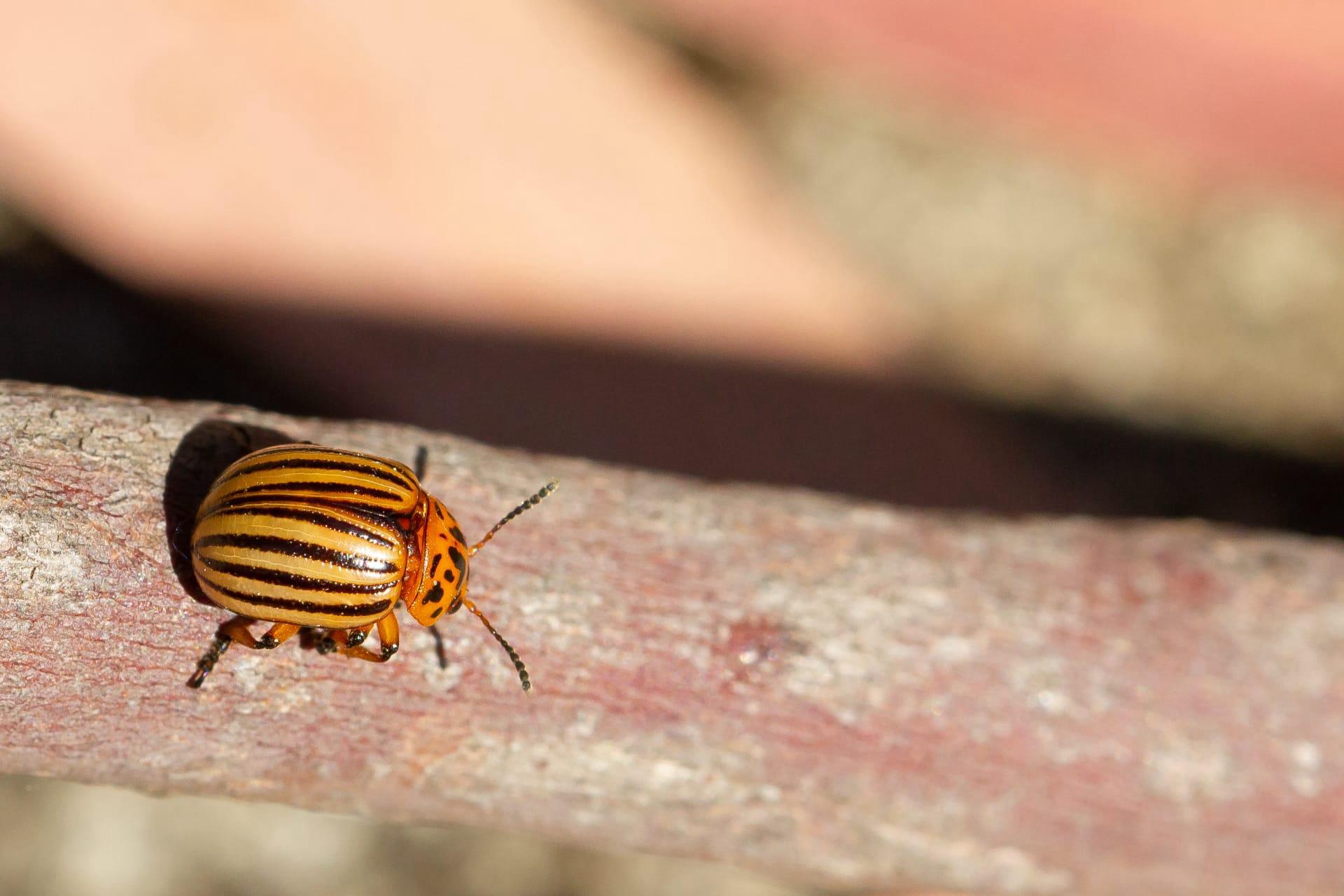Beetle
- Home /
- Mini Encyclopedia /
- Animal /
- Beetle
1
Beetles, known scientifically as Coleoptera, represent the largest order in the animal kingdom, boasting an incredible diversity of species. This order encompasses over 350,000 known species, which is about 40% of all known insects and 25% of all organisms on Earth. Beetles are distinguished by their hardened forewings, known as elytra, which protect their delicate flight wings and soft abdomen. Their classification is further broken down into four suborders and over 180 families, each characterized by unique features like body shape, size, and behavior. For instance, the Curculionidae family, commonly known as weevils, is recognized by their elongated snouts and bent antennae.
Beetles are found on every continent, thriving in a vast range of environments, from deserts to rainforests. Their adaptability is remarkable, allowing them to occupy diverse ecological niches. Some species, like the mountain-dwelling beetles, have even adapted to life at altitudes above 5,000 meters. In contrast, aquatic beetles like the Dytiscidae family are adept swimmers, inhabiting ponds and streams. The distribution of beetles is so extensive that they are found in nearly all terrestrial and freshwater habitats, with the exception of the polar regions. This wide distribution is a testament to their evolutionary success and adaptability to various environmental conditions.

2
Question: Do all beetles fly?
Answer: A common misconception about beetles is that they can all fly, but this isn't always true. While many beetle species have wings and are capable of flight, there are also a significant number of species that have lost this ability. For instance, some ground beetles and certain weevils have either underdeveloped wings or are entirely wingless. Adaptations to specific habitats and lifestyles have led to this diversity in flight capability. Beetles that burrow or live in densely vegetated areas often do not need to fly. Evolution has favored other traits over flight in these species, such as stronger legs for digging or running.

3
Beetles have evolved a variety of survival strategies to thrive in different environments. One common strategy is camouflage; many beetles have developed body colors and patterns that mimic their surroundings, making them less visible to predators. For example, leaf beetles blend in seamlessly with the green foliage they inhabit. Another strategy is the use of chemical defenses. Some beetles, like the bombardier beetle, can produce and eject a hot, noxious chemical spray to deter predators. This remarkable defense mechanism involves a reaction between two chemical compounds stored separately in the beetle's abdomen.
Another survival tactic employed by beetles is mimicry, where they imitate the appearance or behavior of other, more dangerous organisms. For instance, certain species of the longhorn beetle family mimic the appearance of stinging wasps, despite being harmless themselves. This mimicry serves as an effective deterrent against predators. Additionally, many beetles have developed strong, hard exoskeletons that provide protection against physical threats. The elytra, in particular, not only aid in flight but also act as a shield against predators and environmental hazards.

4
In ecosystems, beetles play several vital roles. They are involved in processes like pollination, decomposition, and the control of other insect populations. Many flower-associated beetles contribute to pollination, inadvertently transferring pollen as they move from flower to flower. For example, some species of scarab beetles are known to be important pollinators in certain ecosystems. Beetles also play a crucial role in decomposition, breaking down dead and decaying matter, which recycles nutrients back into the soil. This role is crucial in maintaining the balance of ecosystems, especially in forests and grasslands.
Beetles also serve as food sources for various animals, linking different trophic levels in food webs. Birds, mammals, and other insects often feed on beetles, making them integral to the diet of many species. Some beetles, like ladybugs, are beneficial for controlling pest populations, feeding on aphids and other harmful insects. This natural pest control helps maintain the health of plants and crops, highlighting the ecological importance of beetles in both natural and agricultural settings.

5
Film: "Microcosmos" (1996) - This French documentary provides an intimate look into the world of insects, including the life of beetles. It's a fascinating exploration of the behaviors and interactions of various small creatures, filmed with groundbreaking macroscopic techniques. The film offers viewers a close-up view of the beetle's environment, showcasing their role in the ecosystem and their extraordinary adaptability.
Book: "Beetles of Eastern North America" by Arthur V. Evans (2014) - This comprehensive guide covers over 1,400 beetle species found in the eastern United States and Canada. Evans, an entomologist, provides detailed descriptions, vivid photographs, and insights into the lives of these diverse creatures. The book is a valuable resource for both enthusiasts and professionals, offering a window into the complex world of beetles in this region.
Book: "The Beetle Book" by Steve Jenkins (2012) - An engaging and visually stunning book for all ages, Jenkins uses his distinctive cut-paper illustrations to showcase the amazing variety of beetle shapes, sizes, and colors. The book is both educational and entertaining, explaining the biology and ecology of beetles in a manner accessible to readers of all backgrounds. Jenkins' work is a celebration of the beauty and intrigue of these fascinating insects.